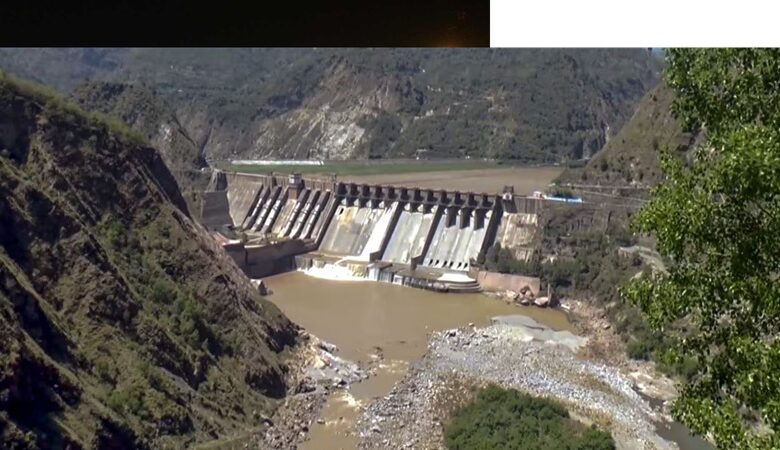Diverting Indus River Basin water to take years and huge costs but may end water scarcity in North India
News Mania Desk / Piyal Chatterjee / 1st May 2025

India has suspended the long-standing Indus Water Treaty with Pakistan. The government has announced that a plan has been devised including short-term, medium-term, and long-term actions to ensure that not a single drop of water reaches Pakistan. The Treaty granted India unlimited access to water from the three eastern rivers — Satluj, Beas, and Ravi — and provided Pakistan with unrestricted access to water from the three western rivers — Chenab, Jhelum, and Indus. It permitted only local, agricultural, and non-consumptive uses of water from the western rivers by India, banning any diversion or storage of Chenab, Jhelum, and Indus waters.
Following the suspension of the Treaty, one of the immediate steps India can take is to increase its water withdrawal for irrigation and drinking purposes, while also ceasing to share information regarding water usage and flow. This will hinder Pakistan’s ability to forecast water flow and prepare for potential floods and droughts. Historically, Pakistan has consistently voiced concerns that India might exploit its upstream position to either inundate or dry up Pakistan during wartime by adjusting river flows.
Nevertheless, any major decrease in the water supply to Pakistan will require a minimum of several years. Up to now, India’s hydroelectric projects on the western rivers have adhered to the Treaty, as there has been no diversion or storage of water.
With the treaty suspended, India could initiate extensive diversion and storage of water from all six rivers within the Indus basin. The government has already revealed intentions to remove silt from rivers for water diversion and to enhance local storage capacities. Nevertheless, raising the height of current dams, creating additional reservoirs, and redirecting water streams will not only be time-consuming and expensive but also carry significant environmental hazards.
Nonetheless, the Uri dam on Jhelum; Dulhasti, Salal, and Baglihar dams on Chenab; and Nimoo Bazgo and Chutak dams on Indus may see proposals for desilting, capacity enhancement, and water redirection. Interestingly, India has been unable to utilize 2 Million Acre Feet (MAF) of water from the Ravi river, which flows unused into Pakistan across Punjab. Enhancements in capacity at current projects, along with new water storage and diversion, can be executed in existing dams on the eastern rivers of Satluj, Ravi, and Beas, such as Bhakra, Nathpa Jhakri, Bassi, Chamera, Karcham Wangtoo, Kol, Largi, Pong, Malana, Pandoh, Shahpur Kandi, and Ranjit Sagar.
According to research, under one-fifth of the hydroelectric power potential of the Indus river basin has been harnessed, with India having only developed 3,482 MW capacity on western rivers versus an estimated hydro-power potential of 20,000 MW. Increased utilization will demand ongoing effort for many years and collaboration from northern states and union territories. At present, J&K, Himachal Pradesh, Punjab, and Haryana are governed by various parties with conflicting interests regarding water distribution.






